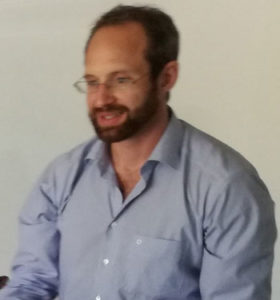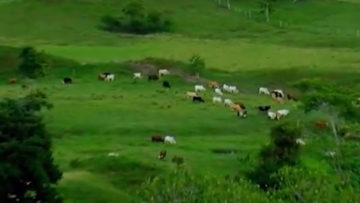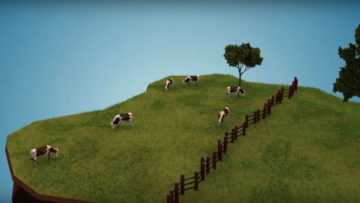There are four key agricultural sectors in the Honduras: cattle ranching is the most extensive, covering more than 2.5 million hectares, in approximately 100 thousand farms. It is also the main driver of deforestation in the country. Basic grain cultivation covers between 400-600 thousand hectares and typical crops are corn and beans. This land use is dynamic as it is in constant rotation with areas of secondary vegetation and grazing areas. Coffee cultivation is the best-organized sector, with more than 130 thousand producers with a total area of approximately 350 thousand hectares in production. More than 95% of coffee farms are managed under shade. However, there is still potential to improve biodiversity. Fourth, cocoa cultivation that employs 4 thousand producers with a total extension of the crop of approximately 5 thousand hectares.
48% of the Honduras is classified as forest (5.4 million hectares) home to more than 8900 species of plants and more than 1700 species of animals (ICF 2019). According to the monitoring platform "Terra i" the loss of forest in the last 5 years has been between 7,000 and 41,000 hectares per year. According to the National Directorate of Climate Change, 31% of the country's greenhouse gas (GHG) emissions are the result of forest loss, and at least 80% of this deforestation is caused by the advance of the agricultural frontier.
Trees on Farms can help address several issues faced by the agricultural sector such as: low productivity and marked seasonality in production of livestock products, both of which are exacerbated by recent severe droughts; the spread of coffee rust and the economic impact on farms that can be mitigated by diversifying species on farms and low soil fertility which impacts cocoa.
The Government of Honduras has defined and approved a National Biodiversity Strategy and an Action Plan, which has been submitted to the CBD. Honduras has also committed to the United Nations Framework Convention on Climate Change (UNFCCC) to reduce GHG emissions by 15% and to restore one million hectares of degraded land, including agricultural landscapes.
Activities
Developing the sampling of TonF and birds in a site (Olancho) part of the Nicaragua-Honduras sentinel landscape.
Workshops (role plays) to analyze the decision-making processes around TonF
Designing an innovative protocol to measure the diversity of trees and birds (as biodiversity indicators) in the predominant land uses of the area.
Developing an analysis of the relevant actors for TonF in the country.
Honduras News & Stories
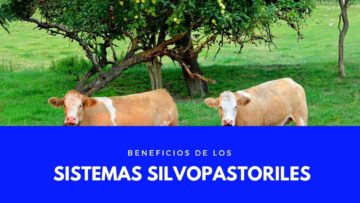
Benefits of silvopastoral systems in livestock farms
https://www.youtube.com/watch?v=L97DSL_cNTw
Read More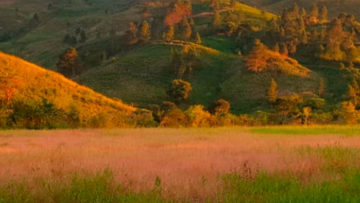
It is proposed that trees on farm monitor the progress of agricultural landscapes towards sustainable management
Project implemented in Honduras identifies key actors to drive the issue and select pilot sites to develop relevant...
Read More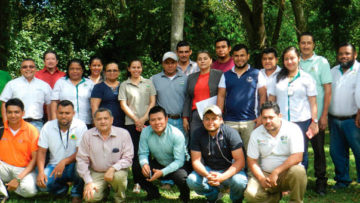
Present results of research on the Sentinel Landscape Nicaragua-Honduras
Four workshops were held where 164 participants from 45 organizations representing the government, academic, productive...
Read More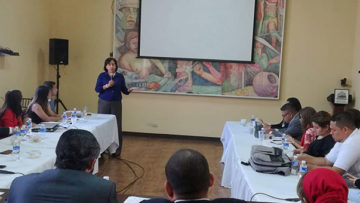
CATIE makes progress in promoting trees on farm for biodiversity and other ecosystem services in Honduras
The institution developed different activities to define a route to drive trees on farm in the country. March 25, 2019. With...
Read More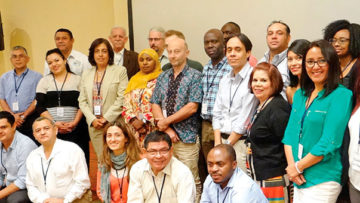
Five countries are working on the development of a protocol to monitor biodiversity on agricultural lands
International experts met in Honduras to define tools to assess on-farm biodiversity conservation November 23,...
Read More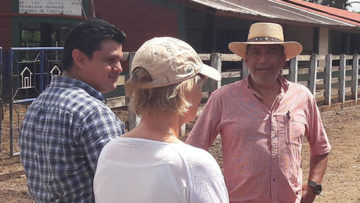
Trees on farm – a change for biodiversity in Honduras
Impressions from initial stakeholder engagement in Catacamas, Honduras November 6, 2018. The objective of our new...
Read More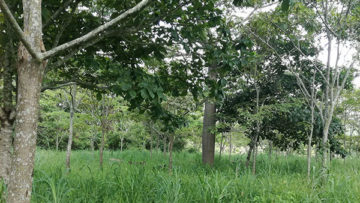
New project promotes trees in farm to protect biodiversity in Honduras
The project seeks to support countries to reach national and international biodiversity objectives September 28 2018, Thanks...
Read MoreResources
all honduras
Team

Eduardo Somarriba
PhD. in Biology; specialist in agroforestry, on-farm tree management and agroecology. esomarri@catie.ac.cr
Arlene López Sampson
PhD. in Tropical Agriculture, specialist in agroforestry, forest plantations and shade design. lopeza@catie.ac.cr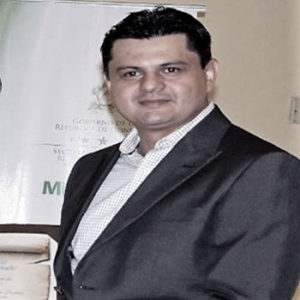
Edwin Garcia
Msc. in Tropical Agroforestry; specialist in Livestock and Environment; specialist in Pruning and Coverage agroforestry systems. egarcia@catie.ac.cr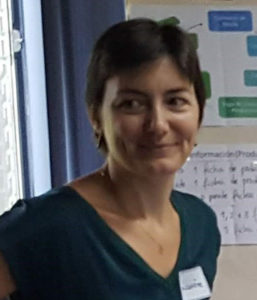
Laurene Feintrenie
PhD. Forests and Societies. It studies the interactions between forests, agriculture and livestock. laurene.feintrenie@cirad.fr